When I arrived in Pakistan, I bought a few sets of Shalwar Kameez clothing and wore them throughout most of my trip. As I walked around Karachi people would stop, look surprised, and ask me “Are you Pathan?”, “Pashtun?”, or “You are Muslim Pathan brother?”. My mind was pretty boggled by this – what was a Pathan and did a sheet-White, Polish-looking European man really look like one? After asking more questions and googling around, I found that the Pathans are an ethnic minority of Afghani people, who can have blue, green, hazel eyes and white skin. And, while I don’t look entirely like a Pashtun, I can see why people made the connection now.
Either way, I was interested instantly. I had never heard the words white and ethnic minority next to each other, so almost didn’t believe it. Then, I found an area called Pathan Colony and I knew I had to go, despite most Pakistani people telling me “they’ll kill you because you’re Christian!”, “don’t go there, they’ll rob you”, or “you’ll get kidnapped”.
These warnings scared the sh*t out of me, but I ballsed up and went. In this article, you’ll get an insight into what I saw here and what daily life is like for many.
Video of my travels:
Deep Within The Streets of Pathan Colony
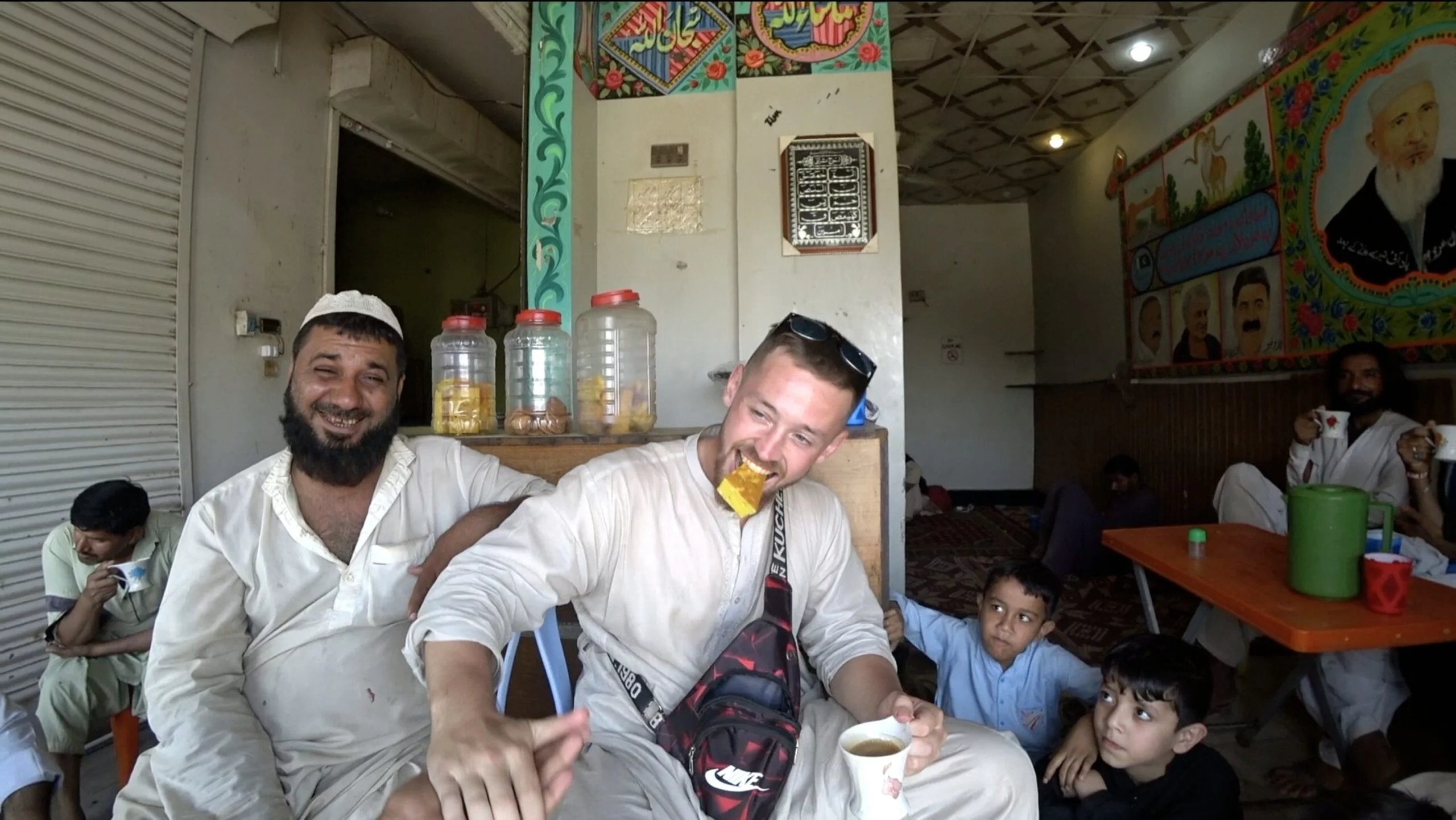


Upon arriving at Pathan Colony, it was clear how deprived this area was, and just how bad the conditions people were living in here, the smells, the rubbish, and the dust in the air would be unsettling to most. But, the people had an incredible kind of warmth to them. Many seemed happy, and were welcoming, offering tea, drinks, and would refuse to let me pay for anything (I suppose it really is true that people who have the least, give the most). They were proud of where they were living and eager to show me around their homes, and shops and share their culture with an outsider. It was almost the opposite of what I had been told before going.
But underneath all the generosity, was a place that was in total ruin, starting to repair itself from the years of poverty and bad reputation it once had. There were open sewers (someone jokingly told me was the local swimming pool – a comment that attests to the human ability to find the humor in all situations), narrow alleyways, huge piles of rubbish lining the rivers, roads made of dirt, with bumps everywhere, people riding atop buses, and huge mud pile to build ups from the rain fall on the dirt.

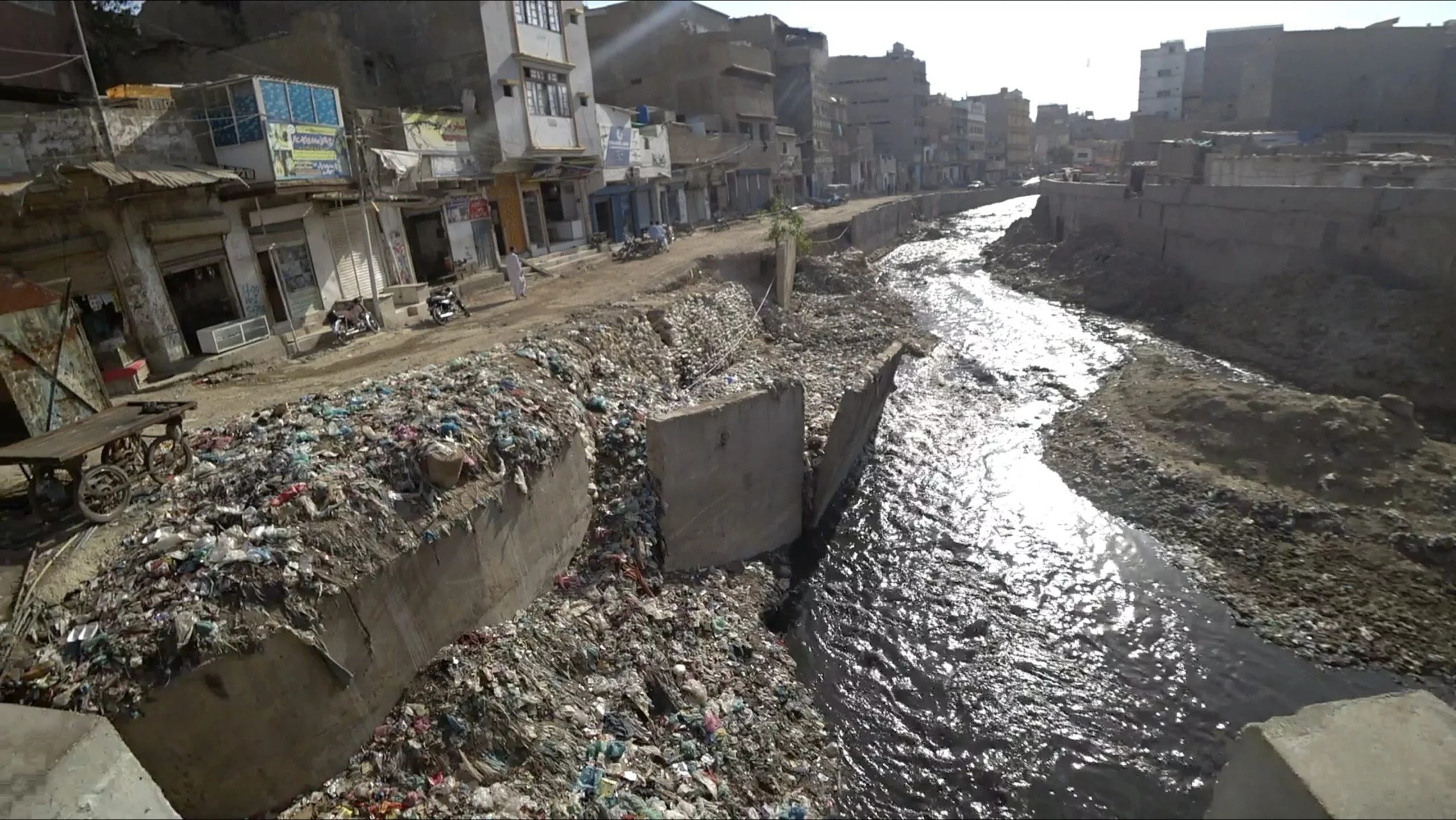
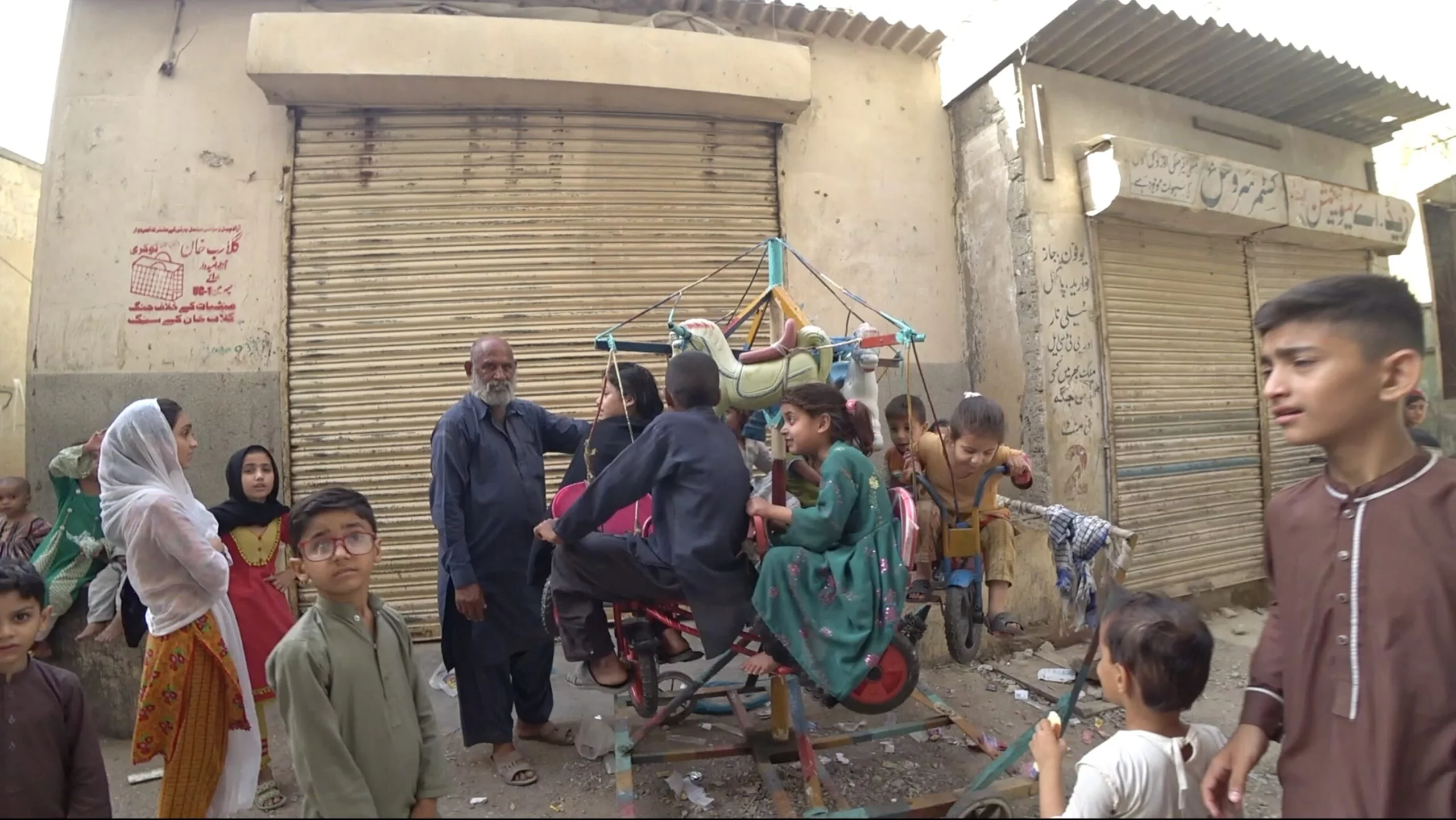
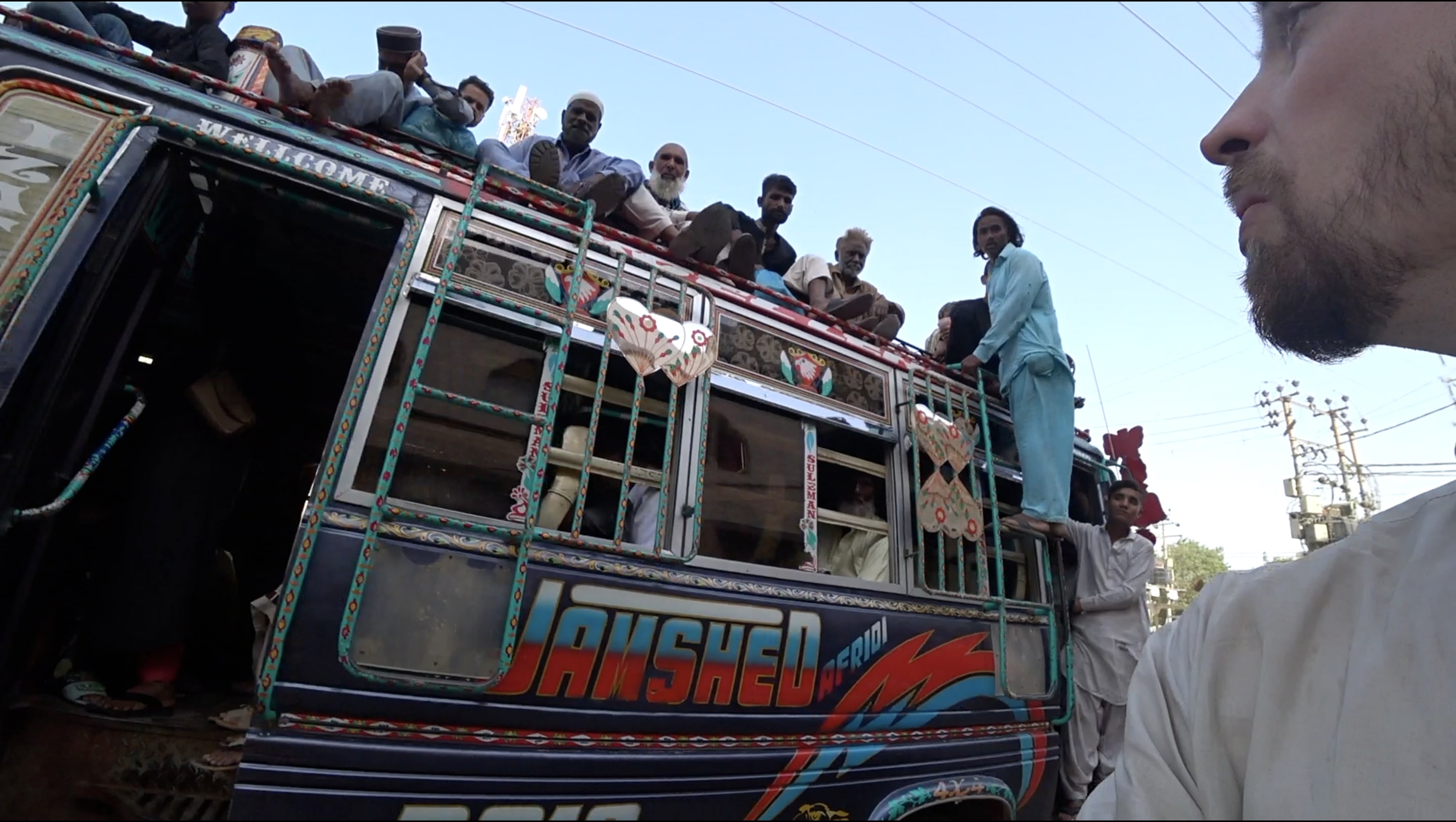
On the more optimistic side, I was told by a local that there were currently operations to help clean up the rivers here, but ironically, as I walked out of his shop, I saw kids dumping rubbish by the wheelbarrow on top of the pile again.
Tucked away in the alleys I’d find jewelry shops selling gold rings, diamonds, and other gems (which I found strange because of the living conditions); interesting 2nd hand markets, shops selling wedding attire and a local fish and chips shop!; twisting alleys with makeshift rides for children, table football, and family homes with the most curious of people following me around wondering why a foreigner bothered to come here.

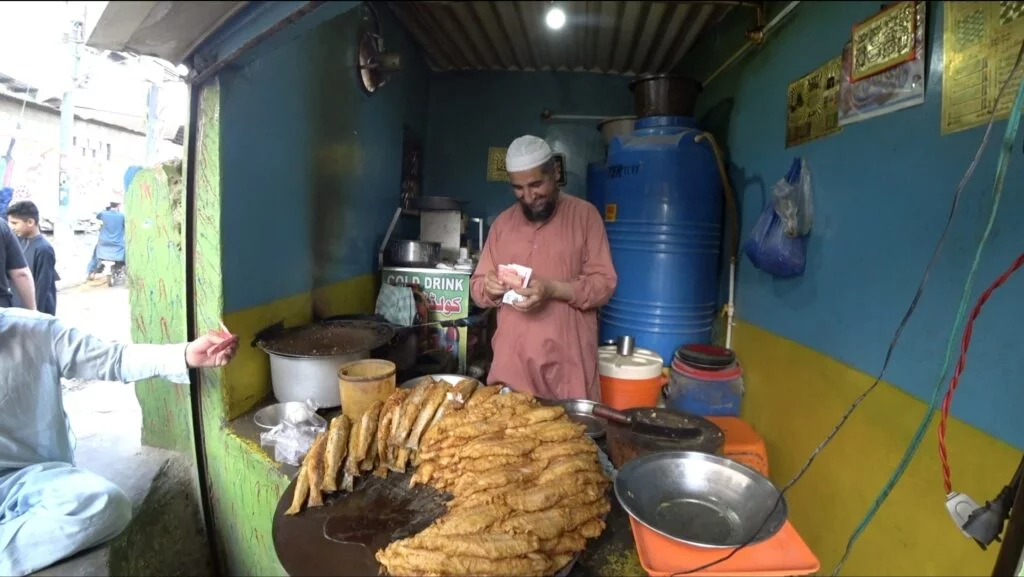
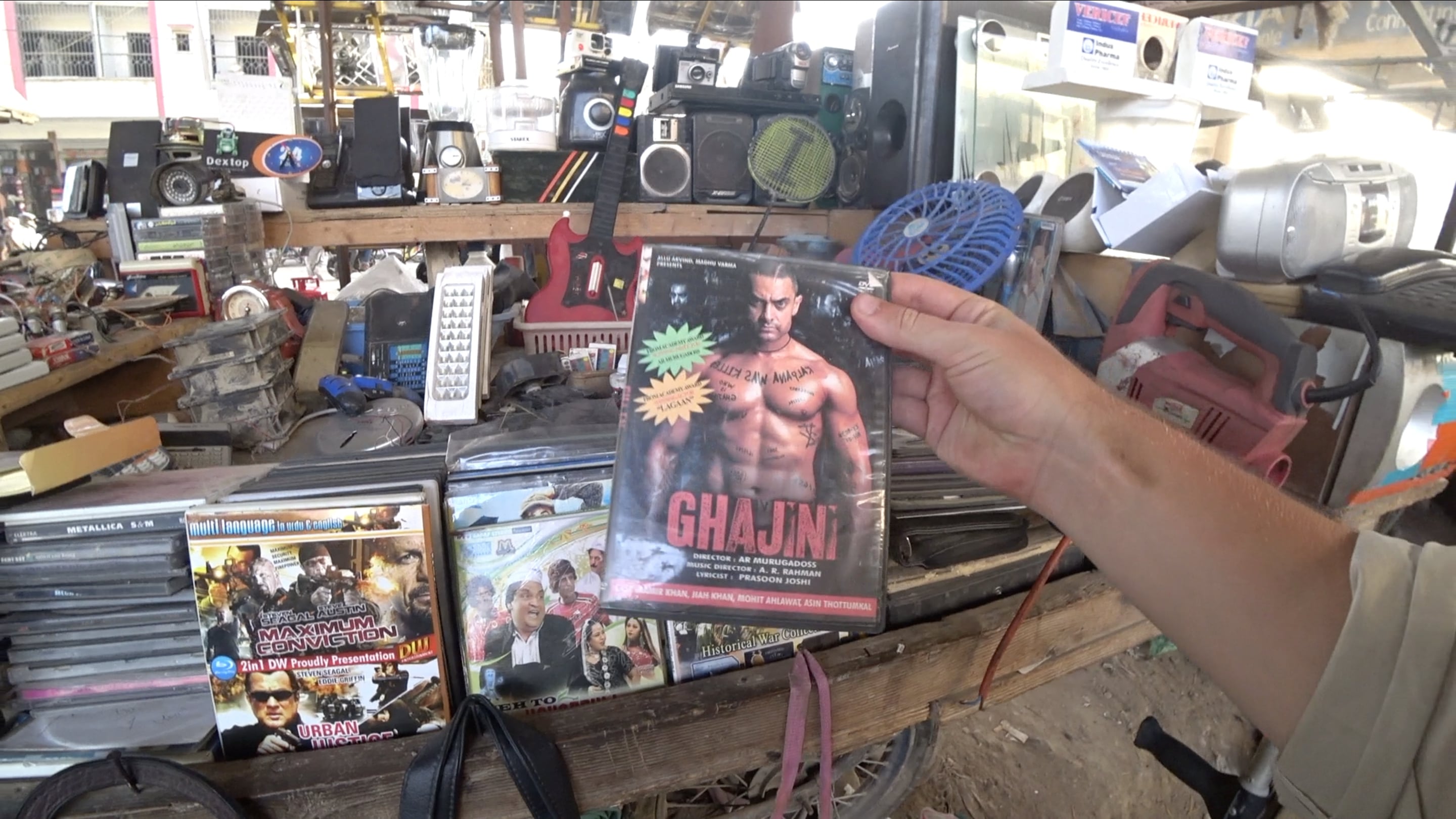
I could have never predicted how accepted I felt in this “dangerous” place full of “t*rr*ris*ts”, people incredibly curious to see a foreigner a many had never seen one in person before. I was even invited for meals twice here but declined as I wanted to explore and had to leave by flight the next day.
G*n Shops & Shooting?


During my travels in Pakistan, I was stunned to find the number of g*n shops available, and while walking down the streets of Pathan Colony I heard the rattles of distant g*n shots. This instantly made me weary, considering the bleak description I’d been given of Pathan Colony before going; but curious to learn; I asked one of the locals, who quickly offered to show me around the shop I’d heard the shots coming from. Here, I’d witness the shop owner fixing a rifle and meet an ex-Pakistani Ranger who wanted to get me to shoot it in the back room.
As I was beckoned into the back room and was offered a pair of soundproofing earmuffs. I thought “No way! There’s no way they’re actually just going to let me shoot it“, but excited to try, I followed.
Unfortunately, the owner was not as on board with the idea of letting a random foreigner shoot a gun in the back of his shop, but I did get to watch him fire a round into some kind of sand pit (used to prevent the bullets from ricocheting), to see if the mechanism was working.
A couple of days earlier during the week, when visiting the bigger gun markets at Empress Market, Karachi, I learned that the process of getting a license in Pakistan was actually incredibly strict, and why many locals are now choosing to arm themselves more and more frequently.
Unfortunately, petty crime has increased massively in Karachi, Pakistan over the last few years due to the economic conditions of the world (at the time of visit in 2023).
I had one local tell me
“We keep guns to protect ourselves on the streets, but to get the license is very hard and they are expensive for most Pakistanis”
He told me that it’s a very long process to own a gun here legally, and there are a lot of rules involved in how you are able to carry them, and even rules for how you can have them transported in your car.
Another told me:
“I would never go to Lyari, Orangi, or Pathan Colony alone or without my gun”
Local Musical Instruments From Pathan Culture


To the side of the river, I spotted a shop selling traditional, Pathan musical instruments that go by the name of “Rubab”. Here I met the shop owner, and eagerly asked him to play me some music, which I can only poorly describe as having an Arabian tonality and feel to it – almost like a Sitar, but more acoustic, with a very resonant body to the sound. It was fascinating to sit in the shop and hear some Pathan music played on a handmade Rubab. The prices ranged from $40-200, and he told me that he had some French tourists (of course! French are some of the craziest adventurers I’ve ever met) come here before and purchase one from him.
We then shared an interesting drink they called “ghul” or “ghuril”, and despite my efforts to pay, they wouldn’t let me. I was told by the store owner’s son, that it was a mixture of sugar cane, milk, and ice. It had a delicious taste, very sweet, and creamy, and a little bit of fermentation which almost gave it a little alcoholic taste – similar to a chai tea, but cold and less flavoursome.
A Brighter Future Ahead
Although a very low-income area with lots of room to grow, there are currently programs helping to clear the local rivers of rubbish. Additionally, the younger generations are being educated to much higher degrees than before, with some telling me that education here was now more common since the mafia in the surrounding areas were cleaned out by the Pakistani Rangers.
It also seems that there is more of a focus on sports here, with new, fresh talent rising from the alleys of Pathan Colony. Much like Lyari, there is a focus on scouting sportsmen, but it seems cricket is more popular here when compared to boxing and football in Lyari or “Mini Brazi” as they call it.
There’s a long way to go, but hopefully, the conditions will continue to improve here. I hope to be back again one day to visit another time.
A Quick Note on Danger
This is an extremely poverty-stricken area of Pakistan. Most who live here are refugees from Afghanistan, and there seems to be some racism in Pakistan towards the Pathans. Many label them as dangerous instantly, and “don’t trust a Pathan” is something I commonly heard in my travels. I even had a Tuk Tuk driver pick up an armed forces member, who, at the end of his ride, found that I was traveling there as a foreigner and became very concerned.
However, my experience was very different. And although I’m not going to downplay the potential danger of this area if you don’t have your head screwed on, the people I met there were incredibly friendly, warm and welcoming. Most people asked me to have tea or to try a dish they made, and I met the local leader of the area. It was quite a strange experience.
I will also not lie, while I was there, there were a few bad actors who may have been planning to rob me or something petty, but when those people came close, other, good-hearted people would shout them away. It was a strange experience. The goodness of the people who lived here is something I will never forget and provided a huge learning to me for the rest of my life – to be more respectful and caring of strangers, and more available to help them when they are in need or danger.
Who Are The Pathans, Pashtuns or Pakhtuns?
Most people told me they were Afghan people who are white and have blue eyes, which is why I was at first stunned, but of course, this may have been a translation issue and the story of the Pathans is much, much deeper. Some are believed to have descended from Greeks, some are believed to have descended from Iranians etc. etc. The fact is that they are a nomadic tribe, that speak Pashto – an Iranian language that stems from the Indo-Iranian branch.
They are mostly an ethnic group that resides in Afghanistan or Pakistan, with Afghanistan having 35%+ of their population made up of Pathans, and 18.23% of Pakistan’s population.
Finding My Pashtun Twin??
Not important to the story at all, but pretty funny…
As I walked through the streets I was struggling to find anyone “who looked just like [me]”, but after noticing a clothes shop – curious to learn I popped in and asked some questions. After finding out that the shop owner was a tailor for traditional clothes (much like the Shalwar Kameez, pictured below), he looked to his left and said “he is Pathan! He looks just like you!”.
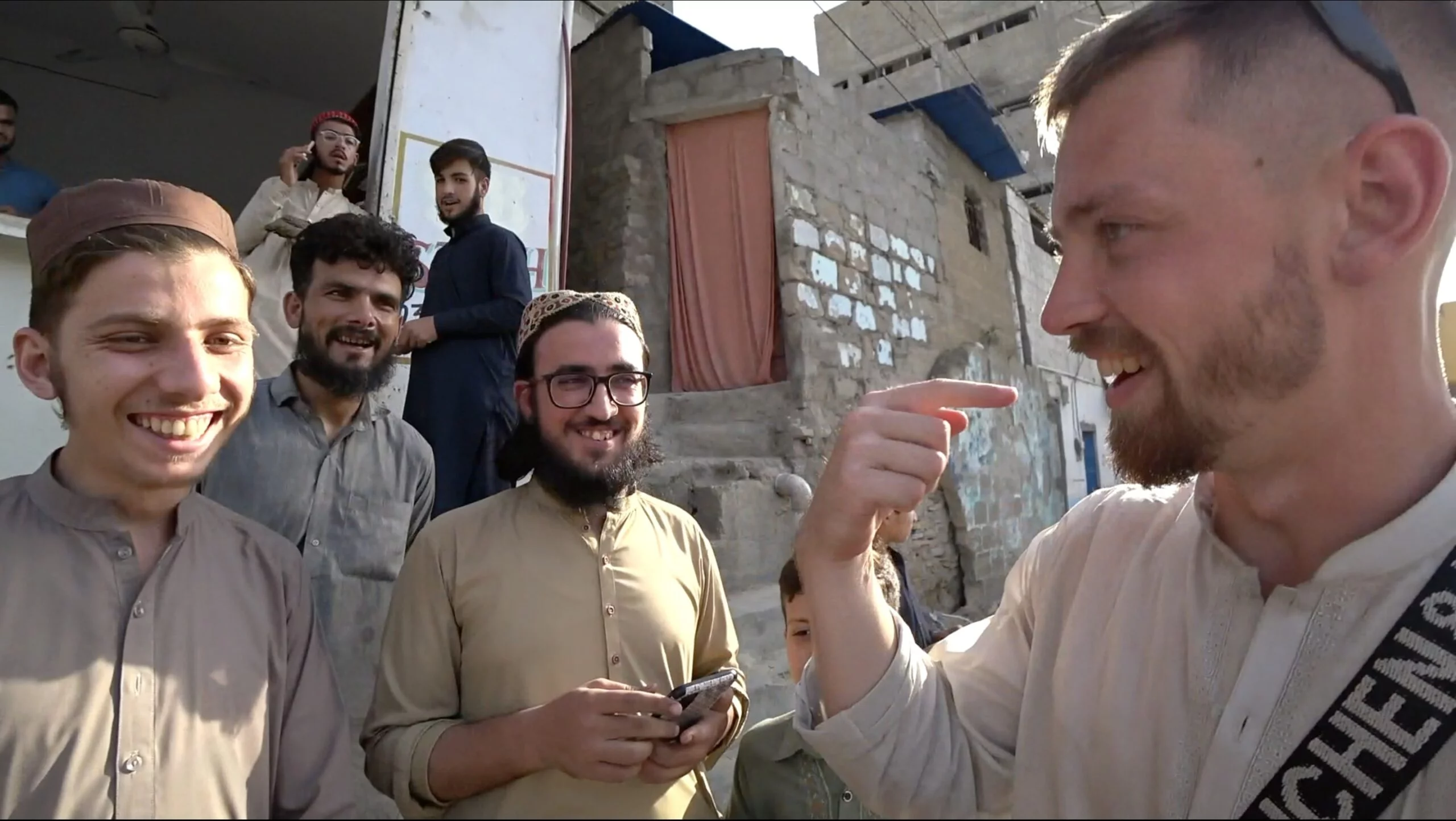


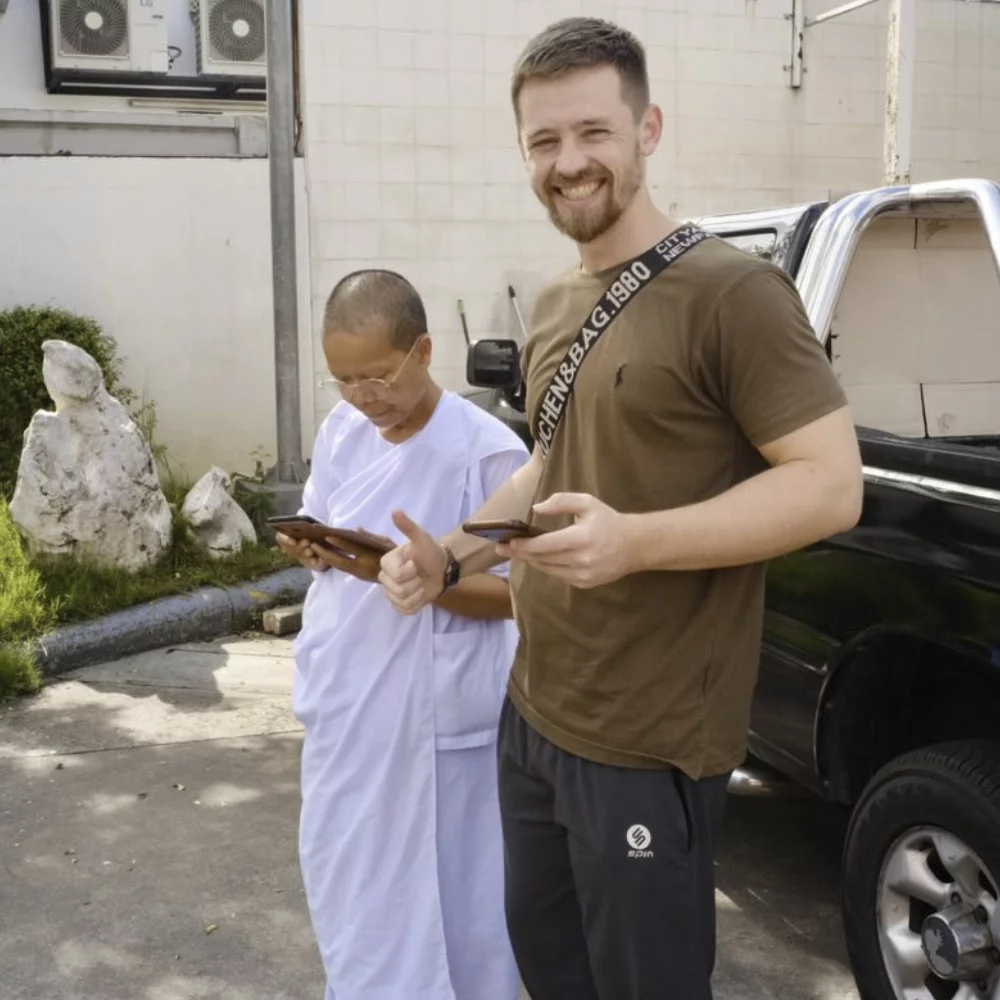
I’m Harry – and I was tired of the same old “10 best places I’ve never been but I’m writing about for some reason” blog posts. So… I’m a young traveller on a mission to travel the world and share my true, unfiltered experience, including all the gristly details. From packing my life into one bag for a year, to traveling Vietnam by motorbike, to sorting out Visas for specific countries – I’ve done it all, am doing it all and only give my advice on things I have done – not regurgitated cr*p from another source *cough* most publications *cough*. So bear with us! This project will take some time to grow, and will take a fair bit of money. But I’m determined to make it the single best source of information about traveling on the internet.


